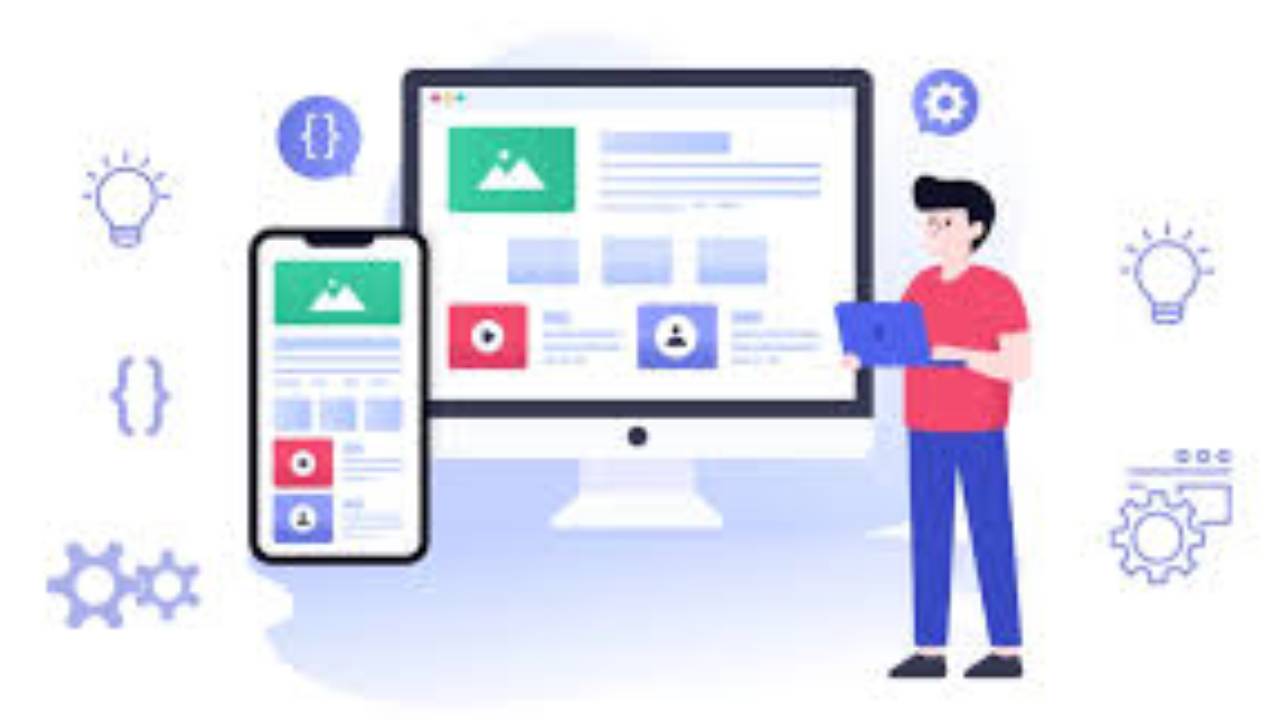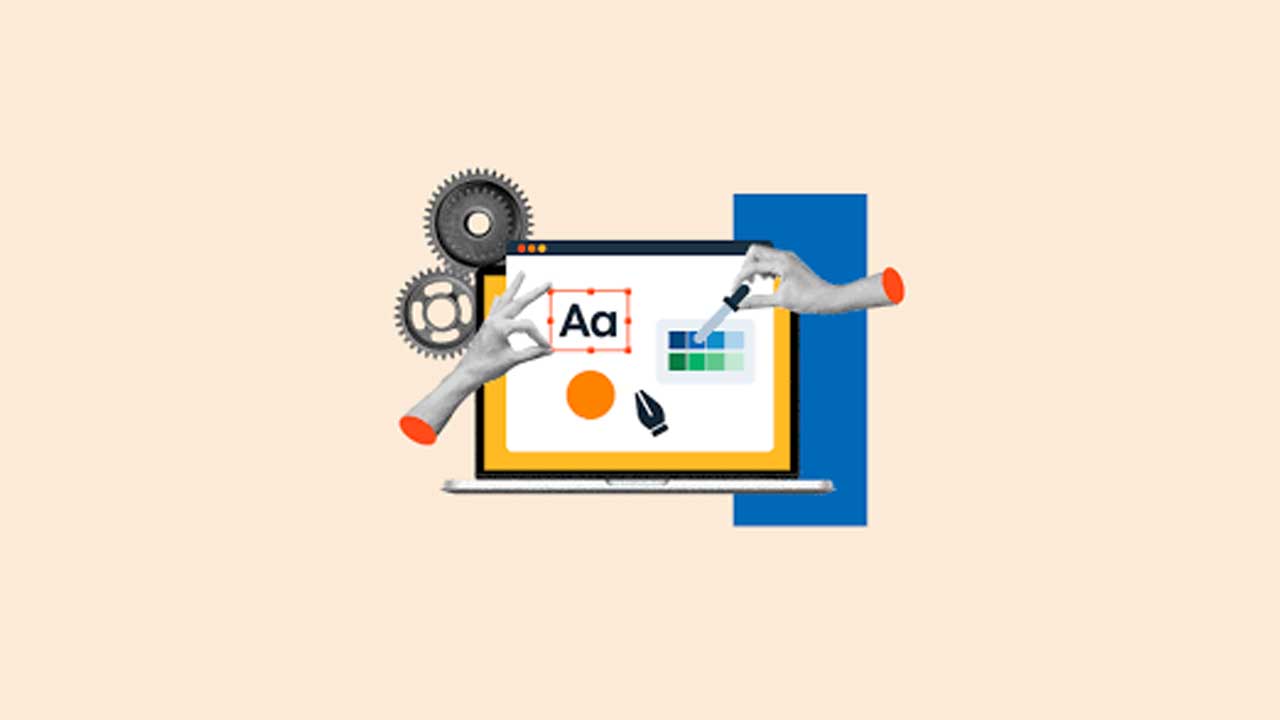Frontend Development: Elevating User Experience with Expert Design
In the fast-paced digital world, the first impression a user has of a website or application is often dictated by its frontend design. Frontend development is crucial in creating visually appealing, user-friendly interfaces that not only capture attention but also enhance engagement. Our team of experts specializes in delivering exceptional frontend experiences that improve usability and drive a positive user experience. This blog explores how frontend development can transform your business and why investing in top-tier design is essential.
What is Frontend Development?
Frontend development focuses on designing and building the portions of a website or application that users directly engage with. It encompasses the design and implementation of user interfaces, focusing on how elements are displayed and how users interact with them. This field combines design principles with coding skills to build aesthetically pleasing and functional interfaces.
Key Aspects of Frontend Development
1. User Experience (UX) Focus
Frontend developers prioritize UX to ensure that users find the interface intuitive and engaging. This involves:
User Research: Gaining insights into the target audience and their requirements.
Wireframing and Prototyping: Creating layouts and mockups to visualize the user journey.
Usability Testing: Gathering feedback to refine and improve the design.
2. Responsive Web Design
With the proliferation of devices and screen sizes, responsive design is essential. Frontend developers make sure that websites and applications are designed to function smoothly and look great across different devices and browsers:
Adapt to Different Devices: Maintain functionality and aesthetics across desktops, tablets, and smartphones.
Optimize Performance: Load quickly and efficiently on all devices.
3. Cross-Browser Compatibility
To reach a broader audience, frontend development must ensure that interfaces work seamlessly across various browsers, including:
Chrome, Firefox, Safari, and Edge: Testing and debugging to address browser-specific issues.
Consistent Experience: Ensuring a uniform look and feel across different platforms.
4. Accessibility
An inclusive design approach is crucial for users with disabilities. Frontend developers incorporate:
Accessible Navigation: Ensuring ease of use for screen readers and keyboard navigation.
Semantic HTML: Using appropriate HTML elements to improve accessibility.
Why Invest in Professional Frontend Development?
Enhanced User Engagement
A well-designed interface captures users’ attention and keeps them engaged. Professional frontend developers use best practices to create designs that are visually appealing and easy to navigate, leading to higher user satisfaction and retention.
Improved Usability
Intuitive interfaces reduce the learning curve for users, making it easier for them to achieve their goals. Effective frontend development ensures that users can quickly and efficiently interact with your site or application.
Positive Brand Perception
A polished and professional frontend design reflects positively on your brand. It communicates credibility and trustworthiness, which can be crucial for attracting and retaining customers.
Increased Conversion Rates
By focusing on user experience and usability, frontend development can drive higher conversion rates. A seamless, enjoyable experience encourages users to complete desired actions, such as making a purchase or signing up for a service.
Conclusion
Frontend development is more than just creating a visually appealing interface; it’s about crafting a seamless, engaging user experience that supports your business goals. Our team of experts excels in delivering designs that enhance usability, drive engagement, and create a positive impression of your brand. Investing in top-notch frontend development is a strategic move that can lead to improved user satisfaction, higher conversion rates, and a stronger brand presence.
FAQs
1. What are the standard technologies utilized in frontend development?
Frontend development commonly uses HTML, CSS, and JavaScript. Additionally, developers often use frameworks and libraries such as React, Angular, and Vue.js to streamline the development process and enhance functionality.
2. How does responsive design impact user experience?
Responsive design ensures that websites and applications work well on various devices, providing a consistent and enjoyable experience regardless of screen size. This improves accessibility and usability, which can positively affect user satisfaction.
3. What distinguishes UX design from UI design?
UX (User Experience) design focuses on the overall feel and usability of a product, while UI (User Interface) design deals with the specific visual and interactive elements. Both are crucial for creating an effective and engaging digital experience.
4.What steps can I take to make sure my website works well across different browsers?
To ensure cross-browser compatibility, developers test the website across multiple browsers and devices. They use techniques such as CSS resets and feature detection to address inconsistencies and ensure a uniform experience.
5. Why is accessibility important in frontend development?
Accessibility ensures that all users, including those with disabilities, can navigate and interact with a website or application. It promotes inclusivity and helps meet legal requirements, while also expanding your potential audience.









